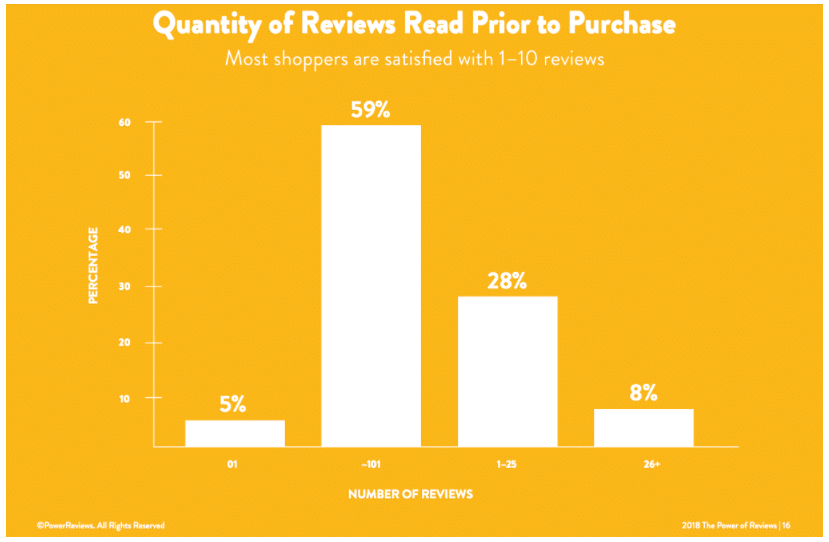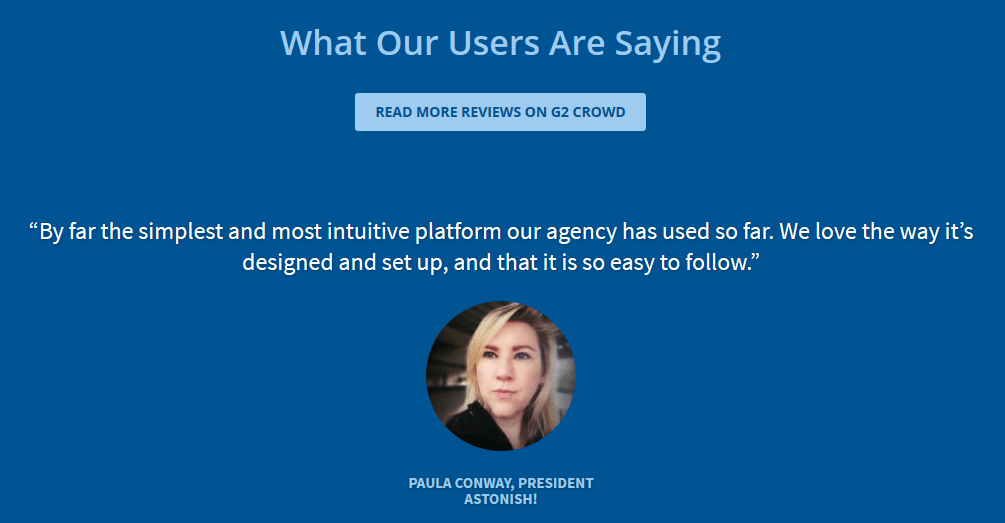We all know that negative product reviews can take a toll on your reputation, especially if you don’t handle your response properly—but let’s not forget the flip side of that coin: positive reviews can be the virtual gold your brand needs to propel its reputation in a crowded field and get in front of your most elusive prospects. And that goes for B2B firms as well as B2C companies.
There are numerous ways to capitalize on these valuable affirmations—and because they are written and posted by third-party sources, there’s a boatload of authenticity and credibility built right in. Your would-be buyers will respond to these kinds of testimonials more than any clever messaging you could write—and there are some pretty cool ways you can leverage them to drive visibility, interest and, ultimately, sales.
Benefits of positive reviews (beyond the obvious)
Good customer reviews first and foremost mean you’re delivering a terrific product at a fair price, and are providing the service and support to make it easy to use—so you’re already doing the most important things right. That’s great reputation groundwork. But there are some other advantages to garnering good reviews that aren’t so obvious.
One of the key benefit is, according to recent research, nearly half (43 percent) of consumers turn to online reviews and ratings first when researching their options. Today’s business and consumer buyers know that nothing is as genuine as a peer review on G2 Crowd or PowerReviews, so the trust that marketing messaging must strive to earn is already included in the package.
Source: PowerReviews
And even if you get a couple of not-so-great reviews in the mix, that’s OK too—buyers consider them an even greater sign of authenticity, since they know you can’t please ‘em all. Another report found that 78 percent of customers will still shop with a business that has 3 and 4-star reviews. In fact, a complete lack of non-critical reviews makes buyers wary that the reviews are fake or sponsored.
How smart companies capitalize on reviews
You can use positive reviews to create social proof for your business and turn reviewers into advocates or even references by building relationships with them
For example, B2B software provider Agility PR Solutions has been reaping the benefits of its great customer reviews on G2 Crowd by reviewing them regularly and reaching out to those happy customers to get their approval to repurpose some their great quotes to use on the firm’s website and promotional materials. This the idea behind social proof—a wisdom-of-crowds type of influence whereby people develop “hard” purchasing behaviors based on the testimonials of their peers, even though their own exposure to the product may be ambiguous.
People want to know that they aren’t the only one using your product or service. Social proof is powerful, so use it to your advantage by way of testimonials.
Source: G2 Crowd
Agility PR Solutions also uses its great review writers as a pool of potential advocates that they can leverage for additional reference activities like case studies, brand testimonials and sales referrals. And don’t forget: happy client are good targets themselves for product upselling and other additional purchases.
Pro tip:What’s even more powerful than a written review? A video review. On average, 65 percent of your audience is comprised of visual learners. While these people may get something out of written testimonials, video content is what will really pull them in—and it’s often what they respond to best.
How to corral some good reviews
So it’s clear that generating positive customer reviews can be beneficial in many ways, and these reviews—and the customers who write them—can be tapped for even more branding magic, so the only question left is: How can get yourself some of these online accolades?
As mentioned, it all starts with having a product or service you truly believe in so that your buyers will have every reason to sign your praises.
But buyers won’t usually go out of their way to write you a good review (although they’ll climb the highest mountains to post a bad one)—so you have to figure out how to make them want to. Depending on your product and audience, there are some proven methods:
- Incentives—Recent research found that more than 4 in 5 consumers would write a product review in exchange for a gift card, and 72 percent would participate in a refer-a-friend program if both they and their friend were rewarded.
- Rebates—Cash speaks everybody’s language. A rebate—whether offered instantly or post-purchase, awarded virtually or in card form—is a strong promotional tool, especially for expensive products and services.
- Just ask them—It might not occur to many buyers to write a review, so sometimes all you need to do is ask. Just be sure assist them through any obstacles, such as by steering them to the site where you’d like them to post the review, and they’re pretty likely to chime in. A recent survey found that 50 percent of consumers write reviews for products they’ve purchased, an increase from 42 percent in 2014.










